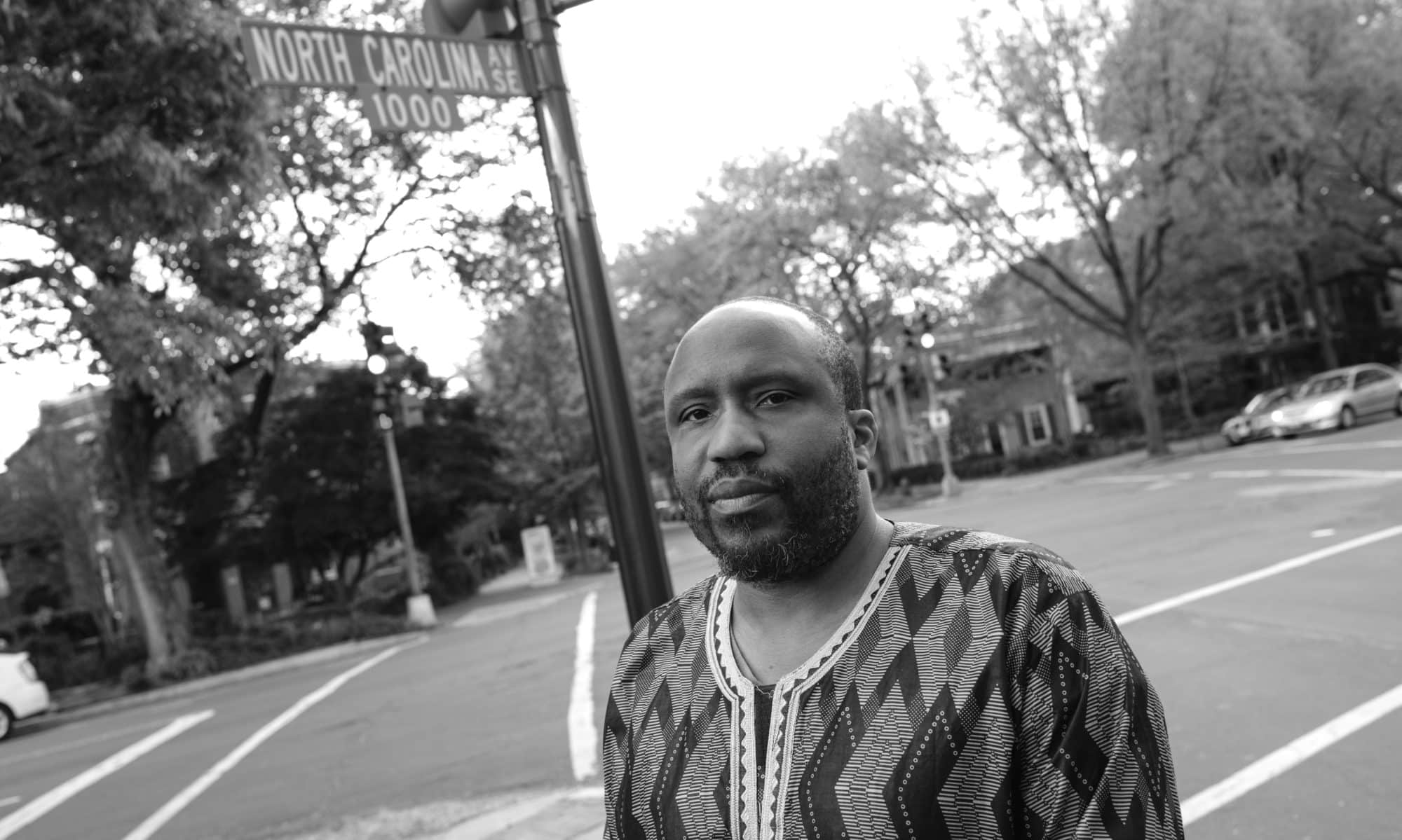So many thoughts come to me as I move through my day, exploring my little corner of this vast Continent, trying to keep 3 languages (English, French and Bamanakan) straight in my head, trying to stay creative and nimble, etc
But there are some thoughts, observations, ideas that keep coming back, things that won’t leave you alone. Over the past few months I have been thinking about money, currency, cash, moolah y’all…how it functions in the world, its behavior, the behavior of those who handle it, define it, worship it, and those that are under its foot, caught in its crease. A recent article from SiliconAfrica has made me think even harder as I attempt to come to grips with my own complicity which has made ask and attempt to answer some tough questions for myself and the way I move in the world.
I have always been interest in Africa (I will post more about that soon my my other blog BOOM FOR REAL BAMAKO), even from a very young thanks to late Uncle Clemson “Russell” Joiner and my parents efforts to make sure I understood that there is more to African American history than enslavement (rebellion and victory) and the Civil Rights Movement.
I have been fortunate enough to have people around me from an early age to explain to that Africa and its influence on all American life is not some remote dead thing of the past, but that it is still with in a lot of ways… not as retentions but as things we have always done. I was reminded of this just a few weeks back when the The Daily Beast posted pictures from Martin A Berger’s newly published Freedom Now!: Forgotten Photographs of the Civil Rights Struggle where this photo taken by Don Cravens in 1955 caught my attention:
which in turn immediately made think of the picture I took during my first week here in Bamako in 2013, which I call Royalty.
Although I was not surprised to see women carrying things like this in Bamako; I must admit, despite my Low Country/Gullah roots, I was still surprised to see this. I see women like this everyday walking around Bamako, I marvel at them, how they are always in motion, always at work, always serving.
Because these things have been repeatedly going through my mind since I have been here I have been trying to make sense of them the best way I know how…by attempting to make poems. I am not quite ready to share them yet, but you will see them, if I am blessed you may see 1 or 2 of them in print.
See you soon.














